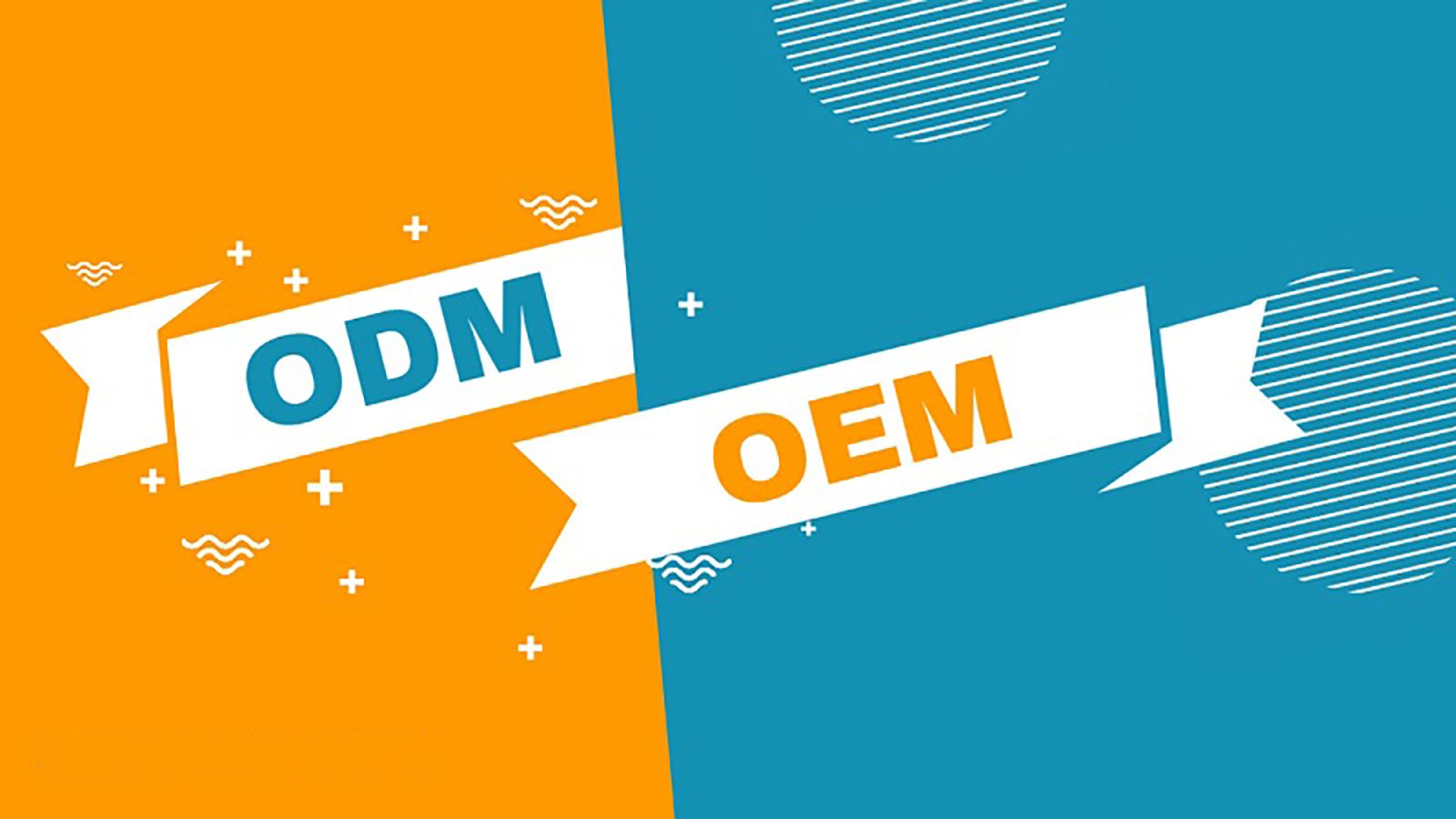Original equipment manufacturing (OEM) and original design manufacturing (ODM) are two phrases that are mentioned a lot in the manufacturing service industries. So, in “What is oem and odm service“, “What are the similarities and differences between these two concepts?” In this article, let’s learn the difference between OEM and ODM and some of the advantages and disadvantages of each idea.
What is OEM and ODM service?
First, to find the differences between OEM and ODM, let’s clarify the concepts of these two terms.
What is OEM service?
OEM, or Original Equipment Manufacturing, refers to a business model where a company designs and manufactures products based on the specifications provided by another company. In this arrangement, the manufacturer produces the products according to the brand owner’s requirements and branding. The OEM company manufactures the products, while the brand owner markets and sells them under their brand name.
OEM services are commonly used in the electronics, automotive, and telecommunications industries. Many well-known brands outsource the production of their products to OEM manufacturers, allowing them to focus on marketing and distribution.
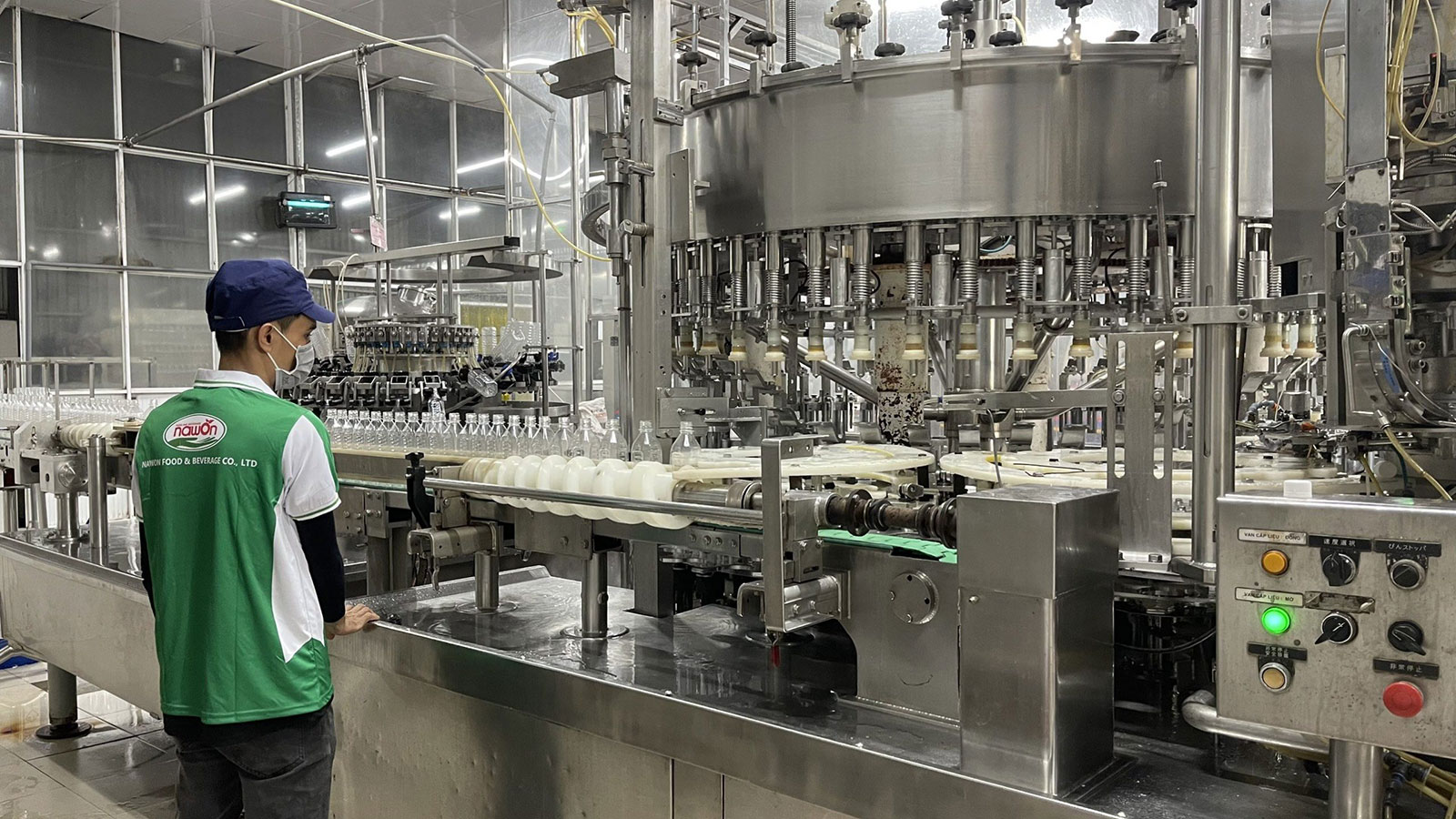
What is ODM service?
ODM, or Original Design Manufacturing, is a business model where a company designs, manufactures and sells products based on their designs and specifications. Unlike OEM, the ODM company fully owns the product design and development process. ODM manufacturers often have their own in-house design teams and production facilities.
ODM services are popular among companies that want to bring unique and innovative products to market. By utilizing ODM services, companies can benefit from the manufacturer’s expertise in product design and development while still having control over branding and marketing.
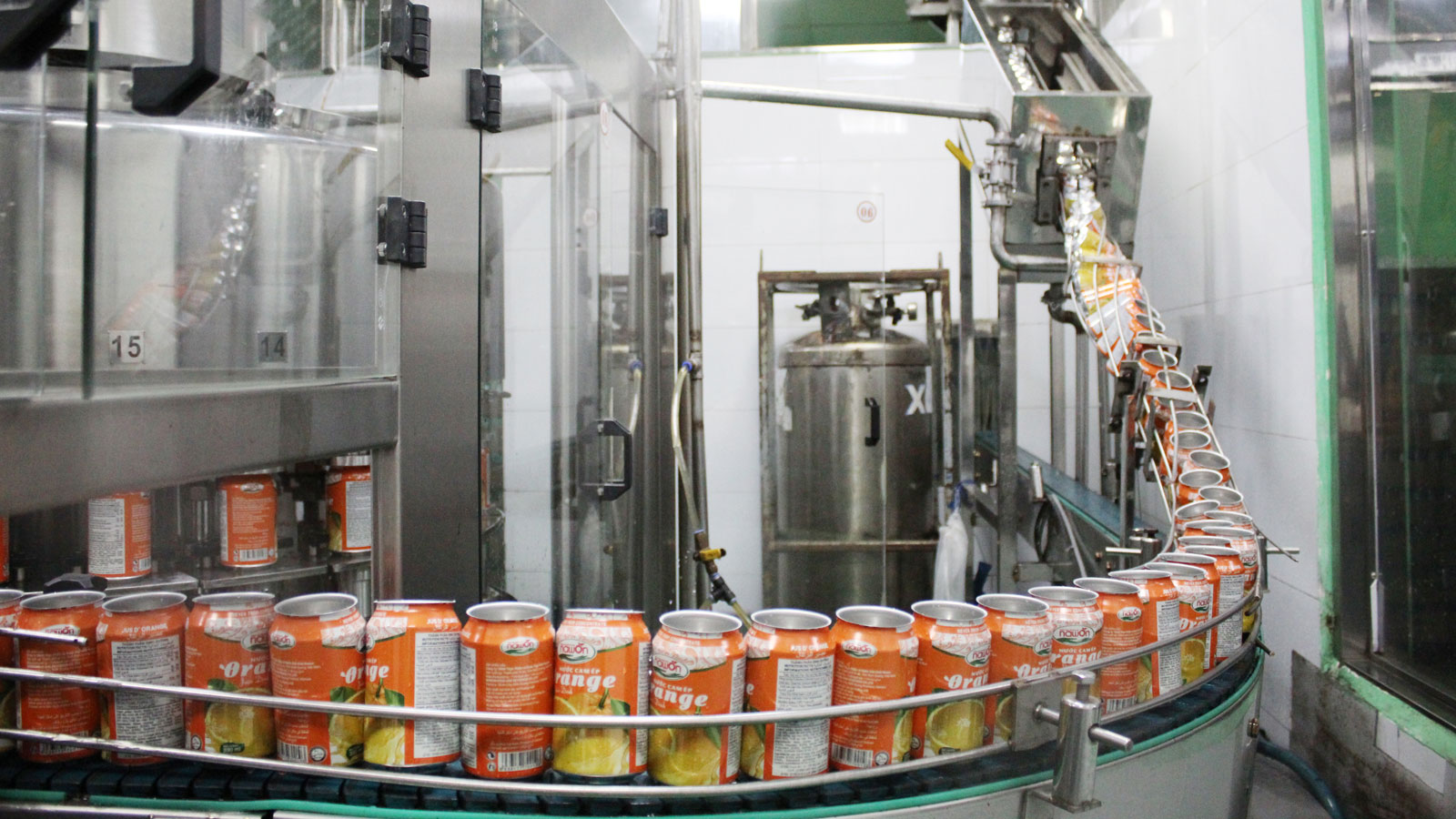
Pros/cons of OEM/ODM
Pros of OEM/ODM
- OEM: As the buyer, you own the product’s intellectual property. You can customize the product. It may be more difficult to copy your product. There is less risk in manufacturing because a working prototype is available.
- ODM: Usually faster to market than OEM. Your company isn’t responsible for paying for new tools or equipment required for manufacturing. Save time and money on R&D because it has already been done for you. The product’s copying risks can be greatly reduced by only dealing with proven, reliable manufacturers.
Cons of OEM/ODM
- OEM: Product development can add significantly to the time it will take to get the product to market. You will need to pay for any tools or molds required by the OEM Manufacturer.
- ODM: The product’s intellectual property is owned by the supplier or another company. You are responsible for any problems during sampling and product control. Late in the process, you may realize it would have been faster to design the product rather than try to reverse engineer it.
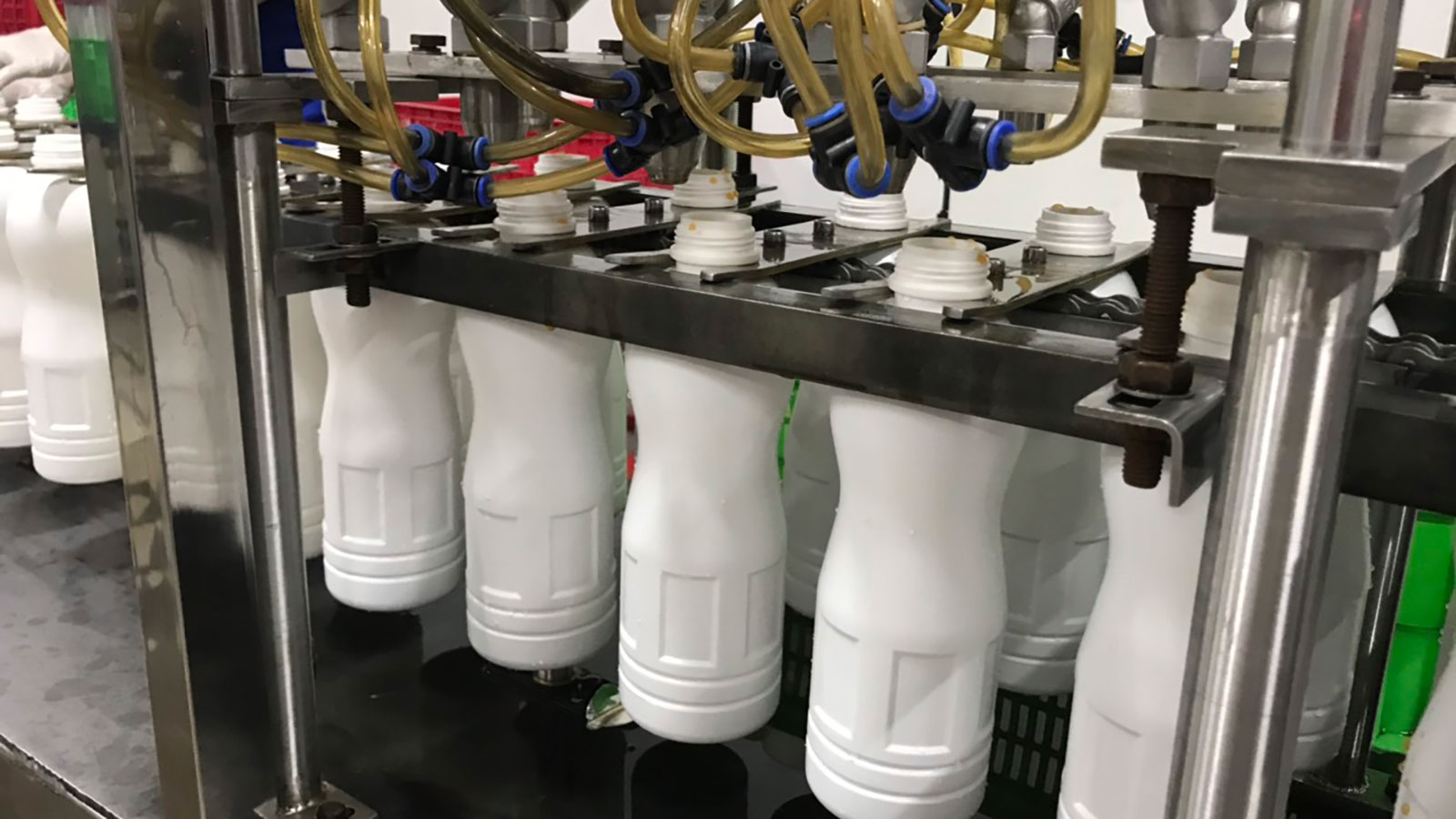
The differences between OEM and ODM
Now, we will explore the key differences between OEM and ODM, the difference between these two types of services is essential for businesses.
- Ownership of Design: In OEM, the brand owner provides the design specifications, while in ODM, the manufacturer takes responsibility for designing the product.
- Branding and Marketing: With OEM, the brand owner markets and sells the products under their brand name. In ODM, the manufacturer may sell the products under their brand or allow the client to rebrand them.
- Customization: OEM services typically involve minimal customization, as the manufacturer follows the brand owner’s specifications. In contrast, ODM services offer greater flexibility for customization and product differentiation.
- Intellectual Property: In OEM, the brand owner retains the intellectual property rights, while in ODM, the manufacturer may hold the rights to the product design.
OEM and ODM services in the food and beverage industry
OEM and ODM services enhance food and beverage manufacturing processes, ensure product quality, and meet market demands.
OEM Services
OEM services provide several benefits for food and beverage manufacturers. Firstly, they enable companies to access specialized manufacturing capabilities that may be too expensive or complex to develop in-house. This includes equipment for processing, packaging, and labeling.
Secondly, OEM services offer customization flexibility. Food and beverage manufacturers can work closely with OEM providers to design and produce equipment or components that meet their unique requirements, ensuring optimal performance, efficiency, and safety.
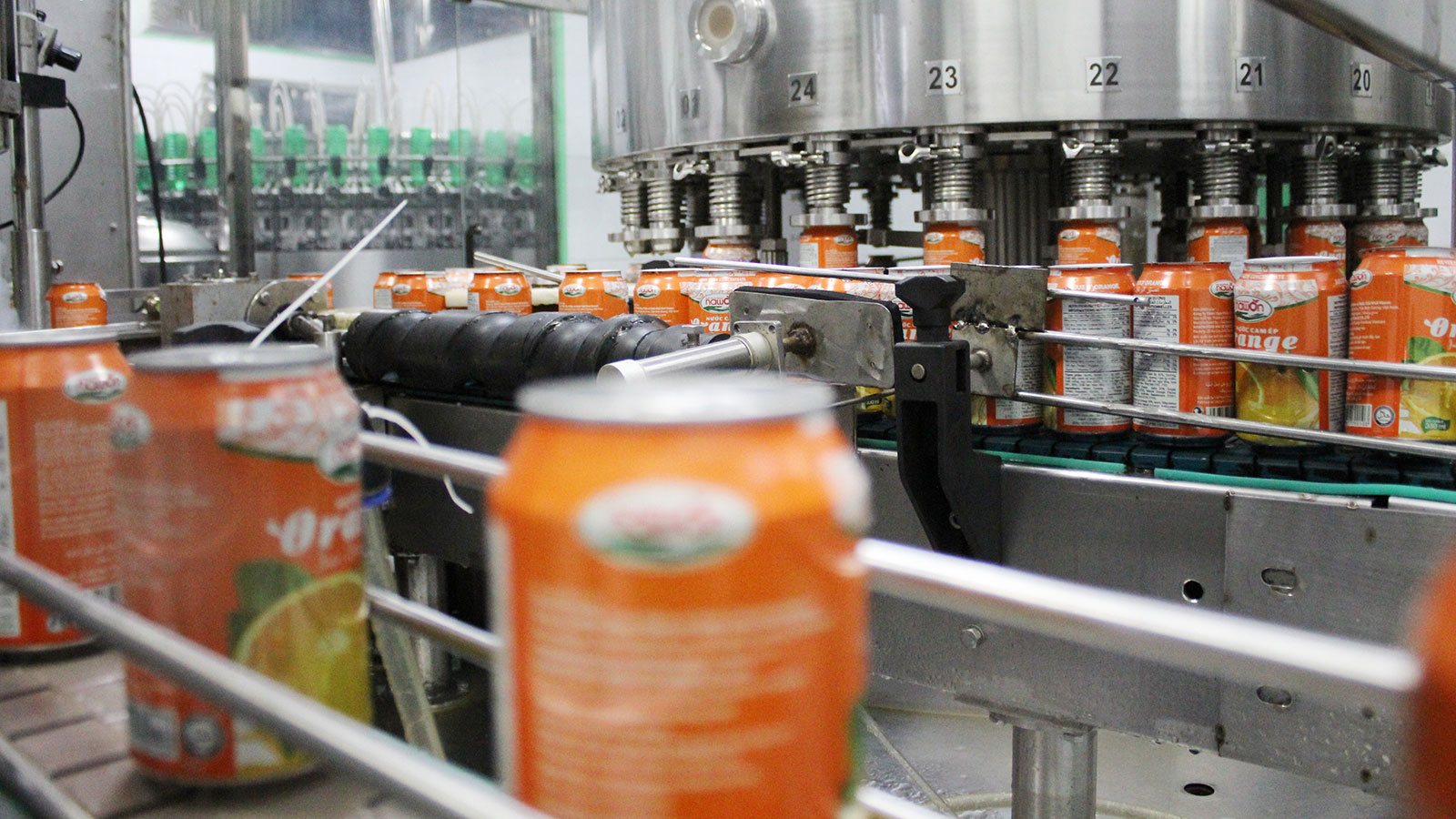
ODM Services
ODM services in the food and beverage industry often include product formulation, packaging design, and branding options. This allows businesses to select from a range of pre-developed food and beverage products, customize them to align with their brand, and launch them under their label. ODM partnerships provide access to various innovative and market-ready products, saving time and resources.
Additionally, ODM services offer economies of scale, as the ODM provider typically manufactures the same product for multiple clients. This leads to business cost savings, allowing them to remain competitive in the market and pass on these savings to consumers.
How to distinguish OEM and ODM
While there are similarities between OEM and ODM services, the key difference lies in the buyer’s involvement in the design process. In OEM, the buyer provides the design specifications, while in ODM, the ODM provider offers a ready-to-manufacture design. Additionally, OEM services focus more on customization, allowing buyers to tailor the product to their specific needs, while ODM services provide a standardized product with branding options.
OEM and ODM services play significant roles in the manufacturing industry, offering businesses a way to bring their products to market efficiently and effectively. By understanding the distinctions between OEM and ODM, companies can make informed decisions and choose the service that best suits their requirements.

